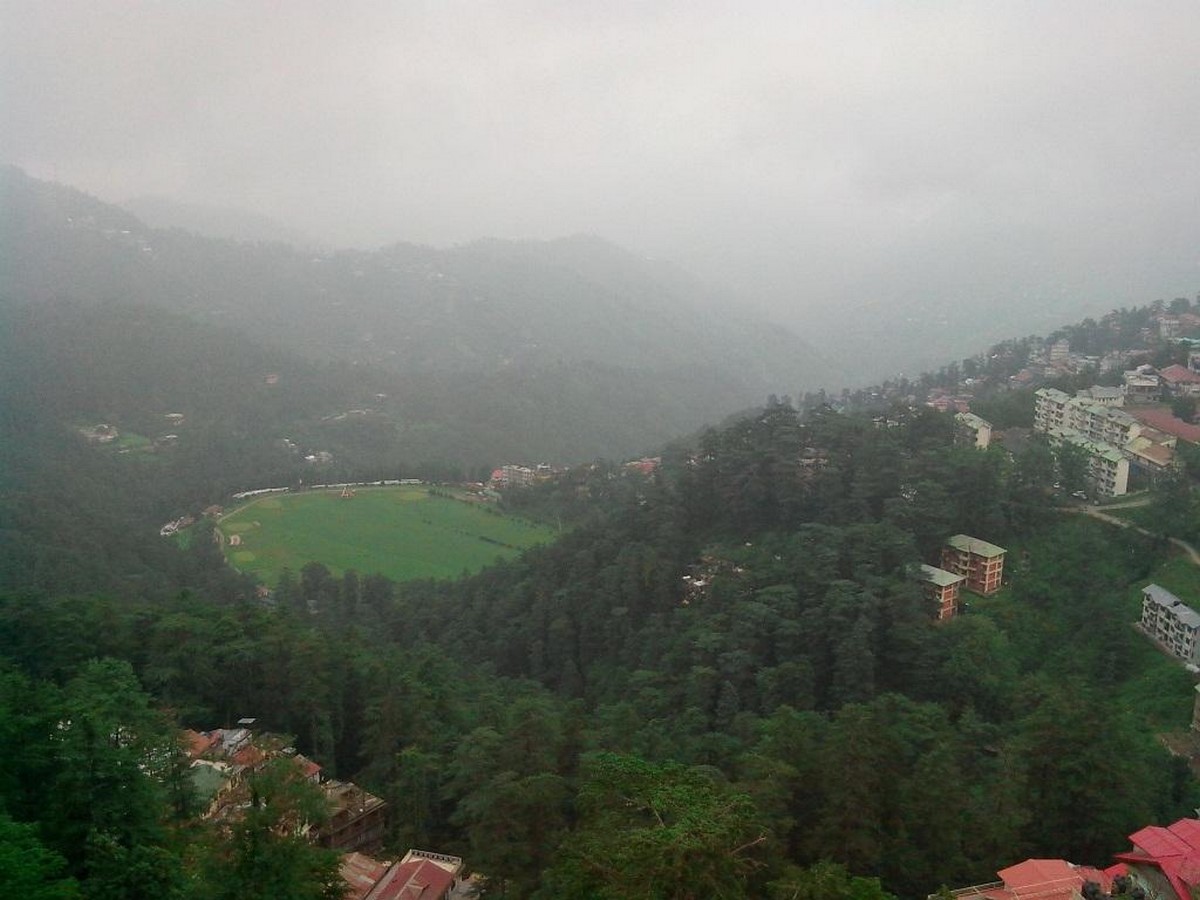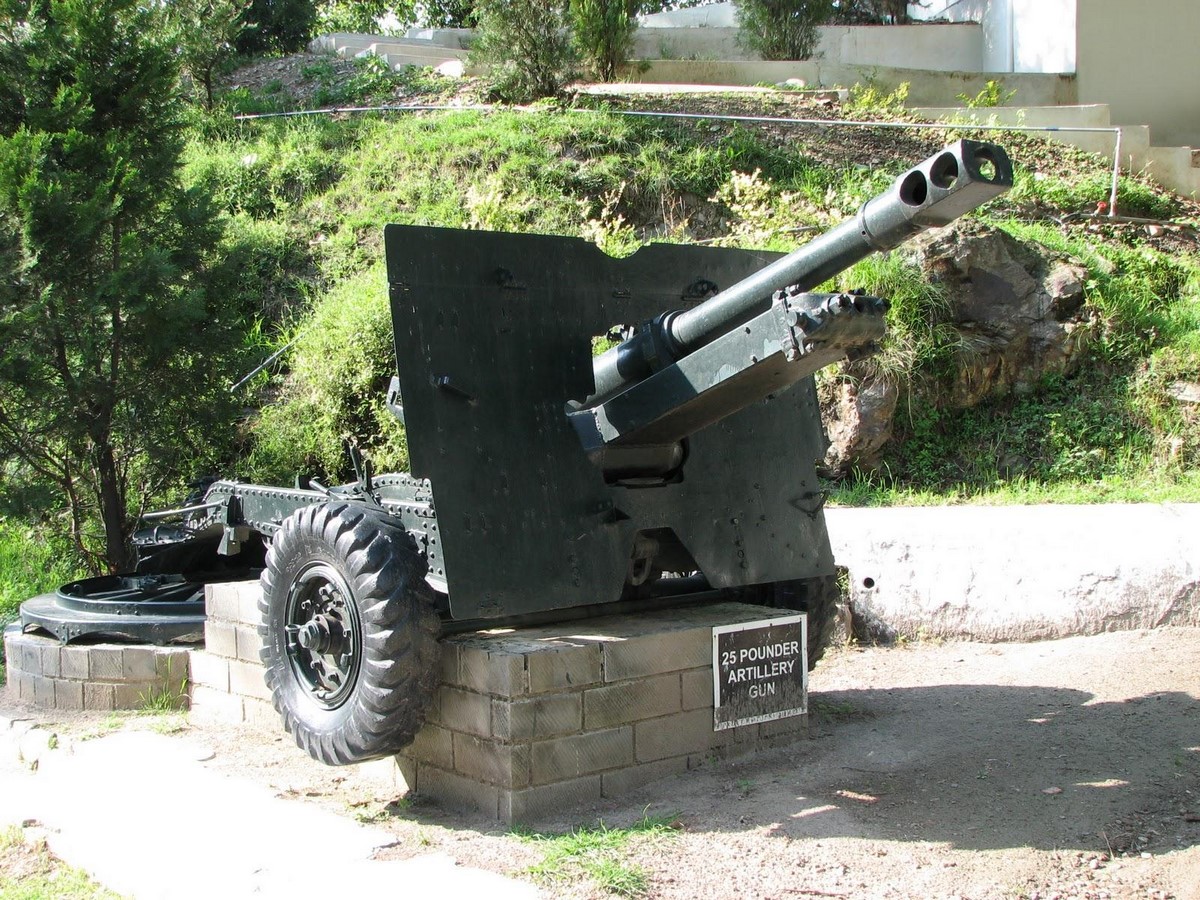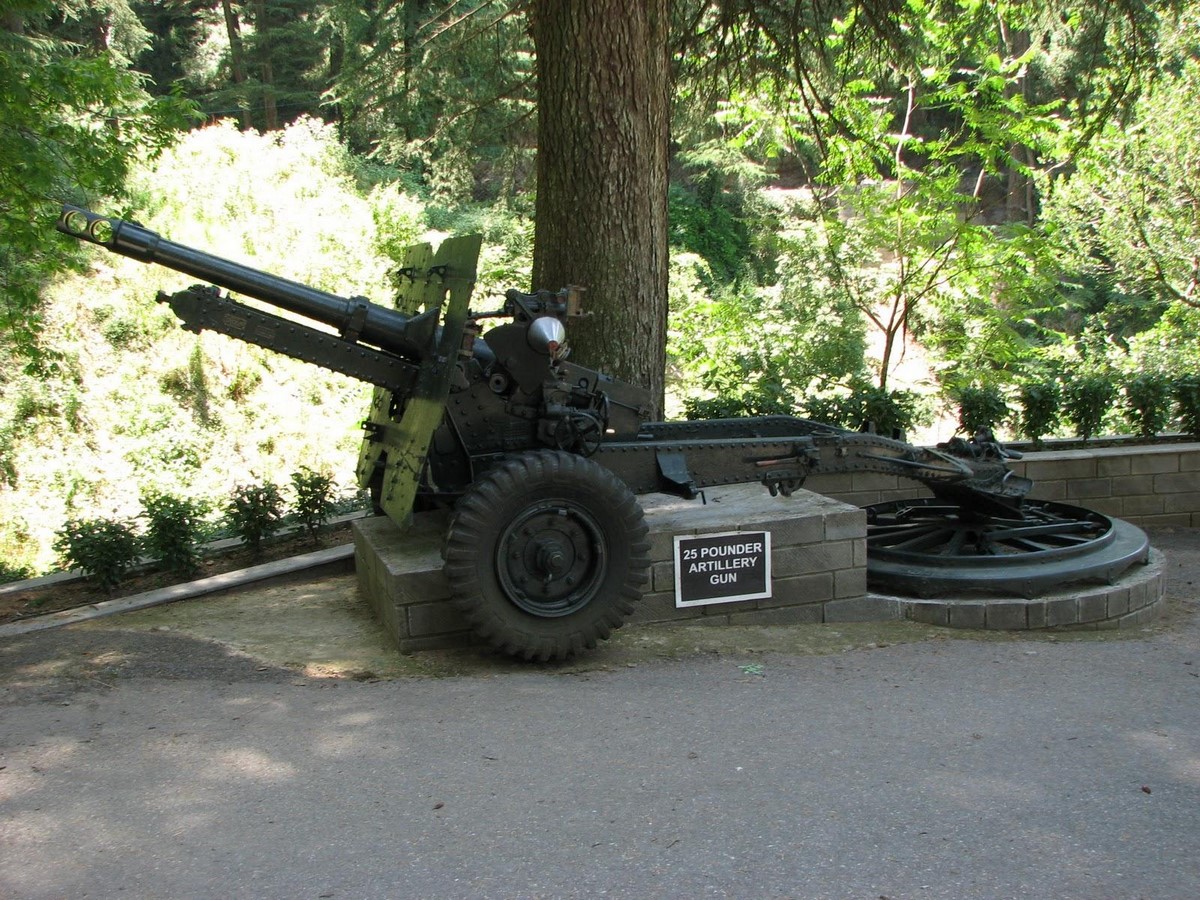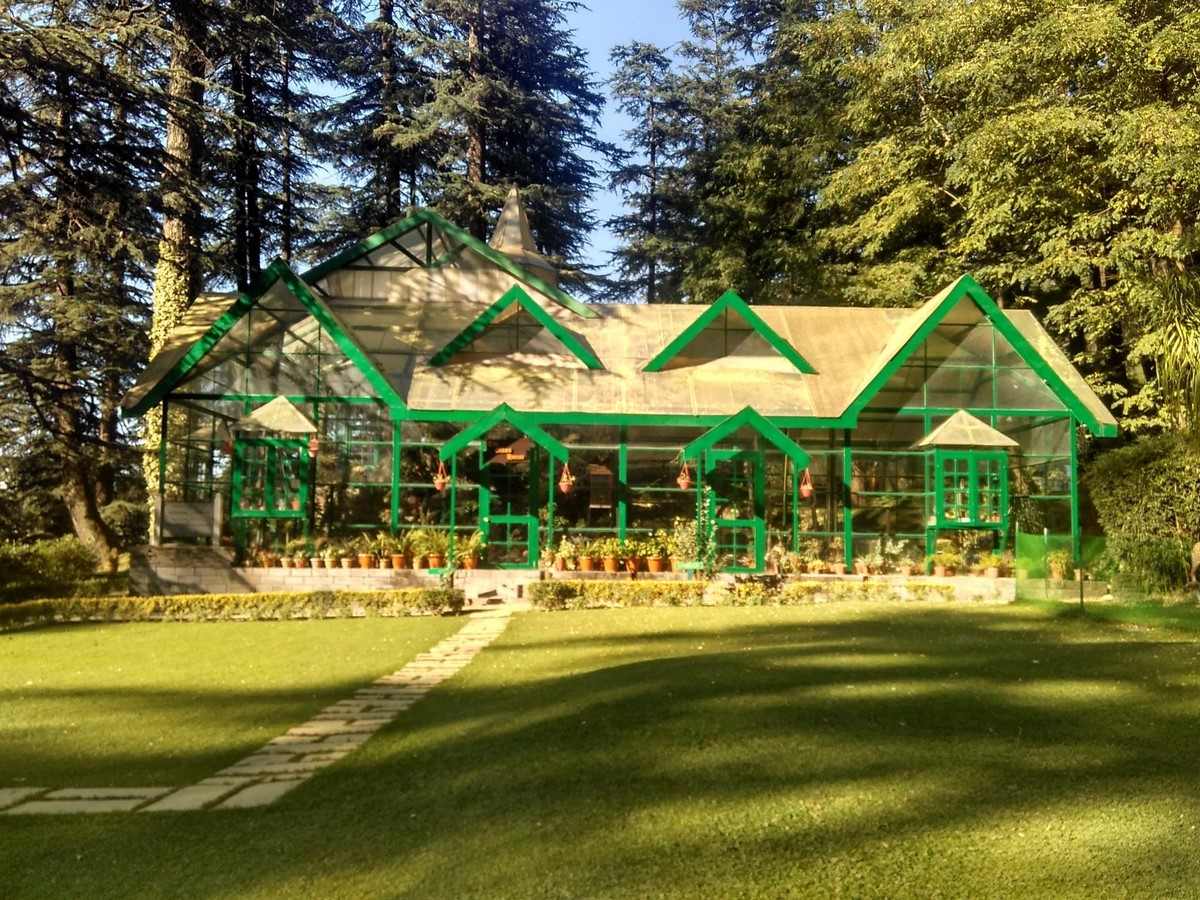Annadale, located in the valleys of Shimla, is a popular tourist spot in Himachal Pradesh. It gained attention from British visitors due to its scenic surroundings and flat valley topography. British officer Charles Pratt Kennedy named the place and has hosted various sporting events, including horse fairs and polo matches. The Army Training Command (ARTRAC) designed the Army Heritage Museum in 2006 to raise awareness of the rich history of the Indian Army’s regiments. The Museum is divided into four main categories, focusing on the history of the army and the technological advancements made by the Indian Army. Visitors can learn about notable feats of great Indian warriors during the war and present troops like Field Marshal Manekshaw and Carriappaa. The Museum also features records of brave soldiers like Maharana Pratap, Rani Laxmibai, Shivaji Maharaja, Guru Gobin Singh, Tipu Sultan, and others who died valiantly.

The spatial arrangement of the Museum
The Museum pays homage to “the Indian Army and its soldiers, their virtues, loyalty to comrades, fidelity to an oath, courage under stress, and their mindset and military thinking.” Throughout the Museum, wall-hung boards depicting the army and Indian history, from the army ethos to ancient military psychology and military thought, are displayed.
The museum design plays with proportion in space, with tall walls packed with information and artefacts but with small interior spaces connected to one another. As one moves through the panels of information about the army’s history, various types of equipment, letters, badges and artillery dating from the 1900s are found.


Small corridors lead to the main room, which consists of an array of military events, listed chronologically, dating from 2000 BC. The next room gives glimpses of the Shimla region’s history and its importance during British times. The room is adorned with miniature buildings of landmarks, old images of the area and photographs of different aspects of the military associations of Shimla dating back to the 1900s.
On the other end of the Museum is the Conference Hall, which displays the history of infantry regiments. The displays and the information provide a sense of security and come from a position of power that reflects the Indian army. The Museum also features various badges of the armoured corps, tracing back to the Indian Cavalry.

The surrounding environment encompasses the Glass House, which reflects the same architectural style. On display are about 40 types of cactuses and various other vegetation planted within the greenhouse, with clean, manicured lawns, models of the area’s wildlife, and iron-made ‘machans’. Behind the main building lies the Annadale Ground, the golf course for the army personnel.

The architectural style of the Museum
The Army Heritage Museums reflect the influences of Shimla’s Tudorbethan style of architecture. The use of local materials and construction techniques makes the Museum a contemporary building built in a traditional fashion that reflects the landscape of Shimla. One of the most distinguishable features is the use of the half-timbering construction techniques seen through the facade of the Museum. The roofing style and the addition of chimneys also are characteristic features of Tudorbethan architecture. The chimneys of the structure accentuate the building’s vertical dimension and give it its magnificent appearance.
The design of the Museum also shows a sincere attempt at climate responsiveness, with the orientation of the building in accordance with the sun’s path. Large windows and openings are oriented in the South facade to protect from the harsh cold winds and allow natural light to enter the structure. The sloping direction of the roof of the Museum also adds protection from snow and rainfall.

Concept of creative tourism: the case of the Army Heritage Museum
The Army Heritage Museum of Shimla is a unique example of the concept of creative tourism in India. Creative tourism is a dynamic form of tourism that aims to embed living experiences and enhance the visitor experience by tapping into intangible aspects of lifestyle. This form of tourism helps link into ways of life and identify to allow various layers of culture to be highlighted.
The idea of the Army Museum is to allow visitors to return to their roots and actively participate in a new learning experience by creating awareness of the history of the Indian Army. It showcases a space where one can connect to the past and actively instils a sense of pride and belongingness in the visitors. It stands as a testament to a genuinely creative museum: acting as a memorial for the lives that were lost, a celebratory space for the recognition and awards of soldiers, a place to pay homage for the respect of the sacrifices made and a place where one can truly feel connected to the nation. The Army Museum is an example of how this collaborative tourism experience promotes the discovery of the unique histories of Annadale.
References:
Bhagra, A.H.H.P. himalayas H.M.M. old is gold P.P.A.S.V. (n.d.). The Army Heritage Museum: An eye opener to Shimla’s history – (by Vandana Bhagra, TOI, June 29, 2011). [online] Available at: https://www.travellingcamera.com/2011/06/army-heritage-museum-eye-opener-to.html [Accessed 30 Jul. 2023].
www.brainwayholidays.com. (n.d.). Annandale. [online] Available at: https://www.brainwayholidays.com/Annandale.aspx [Accessed 30 Jul. 2023].
Academic Dictionaries and Encyclopedias. (n.d.). Tudorbethan architecture. [online] Available at: https://en-academic.com/dic.nsf/enwiki/1190453 [Accessed 30 Jul. 2023].

















